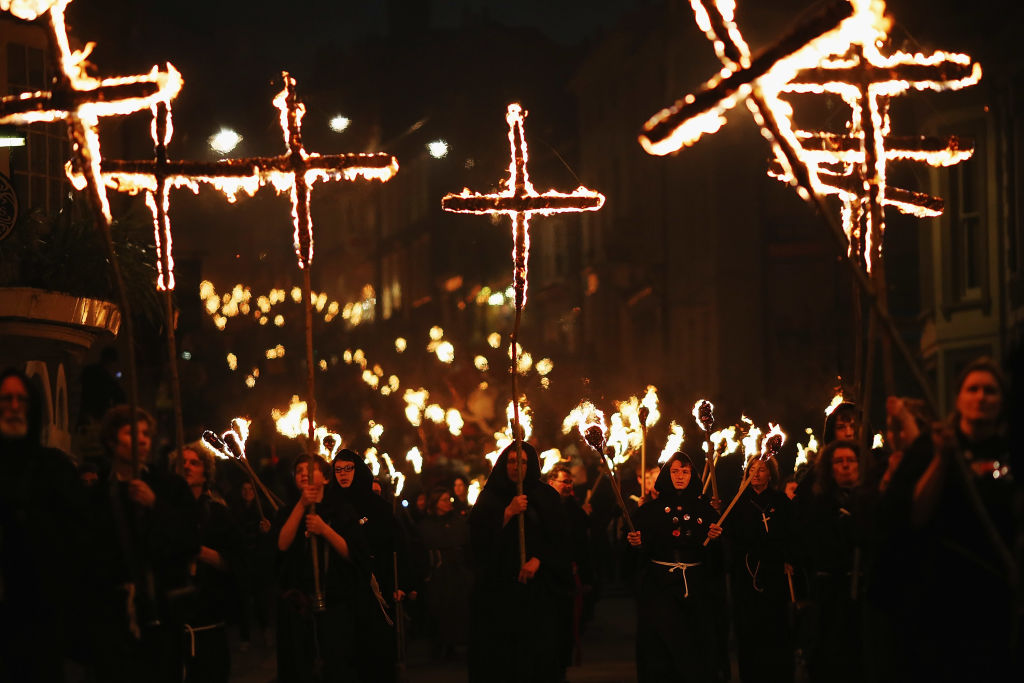Bonfire night festivities in Britain today are increasingly highly choreographed events: council-sponsored firework displays mounted by professional companies, sponsored by local businesses and charities and monitored by health and safety professionals – all very worthy and respectable. It is difficult to believe that, just a few decades ago, bonfire night was a night of anarchy.
Ironically for a festival celebrating the preservation of order and hierarchy, bonfire night became a time of disorder and chaos
There is a long history of unrest on 5 November, which began life as a day of solemn thanksgiving for the deliverance of King and Parliament. It was abolished during the Interregnum, but when it returned in the reign of Charles II, the celebration turned into an opportunity to critique the King’s Catholic sympathies under the cover of loyalty. Anti-Catholicism reached fever pitch during the Exclusion Crisis of the 1670s, when Whigs were determined to exclude Charles II’s Catholic brother, James Duke of York, from the succession.

Get Britain's best politics newsletters
Register to get The Spectator's insight and opinion straight to your inbox. You can then read two free articles each week.
Already a subscriber? Log in






Comments
Join the debate for just £1 a month
Be part of the conversation with other Spectator readers by getting your first three months for £3.
UNLOCK ACCESS Just £1 a monthAlready a subscriber? Log in